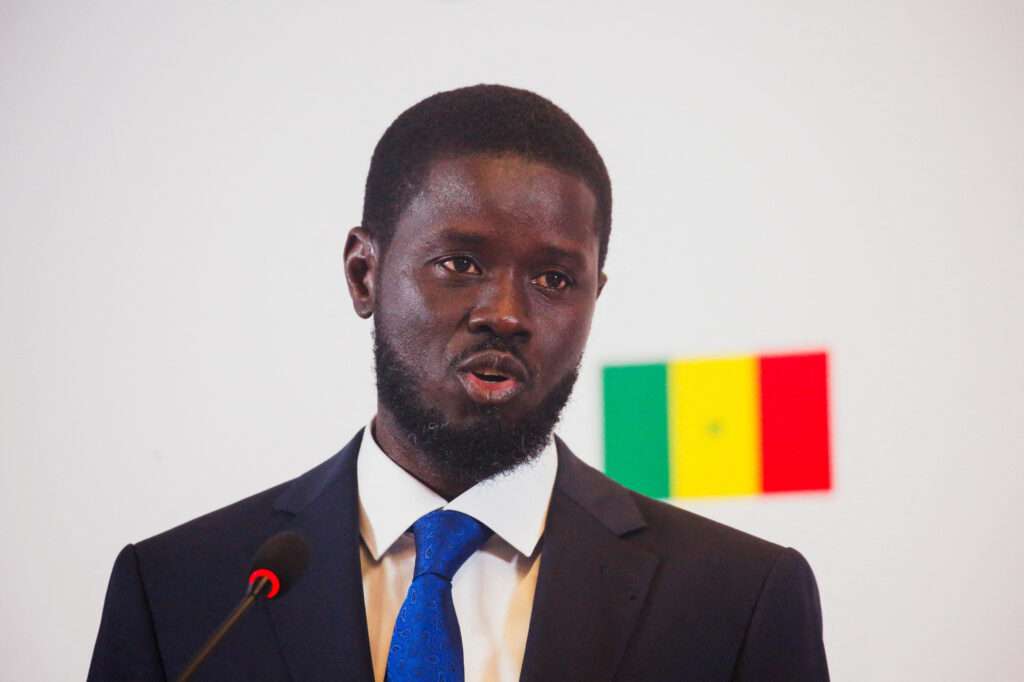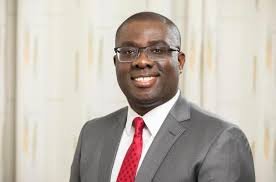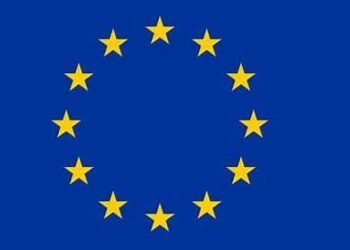Senegal has been dealt a significant economic blow after S&P Global downgraded its sovereign credit rating from B to B- and placed it on a “negative outlook“, citing skyrocketing debt and rising fiscal pressure. The move signals a fresh warning to investors and development partners, as concerns mount over Dakar’s financial stability.
The downgrade follows a recent audit, which sharply revised the country’s debt-to-GDP ratio from 104% to a staggering 118% for 2023. This adjustment, S&P noted, places Senegal at the top of the debt scale among African nations with a similar rating and leaves it highly vulnerable to any economic or financial shock.
Senegal’s Ministry of Finance responded by saying it “took note” of the agency’s decision, reaffirming the government’s “commitment to budget transparency, and to reassure all its partners of the state’s ability to meet its commitments.”
S&P’s latest review highlighted that Dakar’s external financing needs are much larger than previously estimated. It warned that these rising requirements, alongside substantial debt payments due next year, are likely to “intensify funding pressures on the government.”
“We understand that Senegal’s external financing requirements materially exceed our previous estimates, which may complicate negotiations on a new program with the International Monetary Fund.”
S&P Global
Despite the downgrade, there was a slight rebound in Senegal’s sovereign bonds on the international market on Tuesday. However, these bonds have lost about a quarter of their value since the revelation of debt misreporting in September 2023.
S&P’s report emphasized that Senegal’s 118% debt-to-GDP figure is now the highest of all African countries in the ‘B’ rating category. “This significant upward revision (in debt) leaves Senegal with no fiscal space for a cushion against any potential economic or financial shock in the future.” Its next scheduled review is due on November 16.
Energy Projects Fuel Growth Outlook
Amid the downgrade, Senegal’s broader economic picture presents a mixed landscape. The economy is projected to grow by 6.0% in 2024, driven by the start of oil and gas production at major sites such as the Greater Tortue Ahmeyim and Sangomar fields. These projects are expected to reduce the country’s dependence on imports and spur a surge in exports.
Looking ahead, Senegal is forecasted to be the fastest-growing economy in sub-Saharan Africa in 2025, with an expected GDP growth of 8.4%, well above the regional average of 3.8%. This growth trajectory is supported by infrastructure expansion and sustained development in agriculture and industry.
However, the country faces critical challenges. The IMF has flagged concerns around weak revenue collection and the long-term viability of costly energy subsidies. As international financing conditions tighten, pressure is mounting on the government to reform and consolidate fiscal policy.
Political uncertainty further complicates the outlook. The administration elected in 2024 has committed to economic reform through its new Vision 2050 strategy, aiming to reduce regional inequalities and spur inclusive growth. However, high unemployment, especially among youth, where rates exceed 21%, and upcoming legislative elections could pose roadblocks to reform.

Senegal’s case underscores the delicate balance between pursuing bold development goals and ensuring fiscal sustainability. With international attention fixed on its negotiations with the IMF, Dakar’s ability to manage rising debt while maintaining momentum in key sectors will be critical in determining whether its ambitious growth plans stay on course.
READ ALSO: Oforikrom MP Questions Interior Minister’s Response to Rerun Violence



















